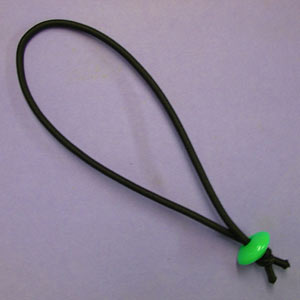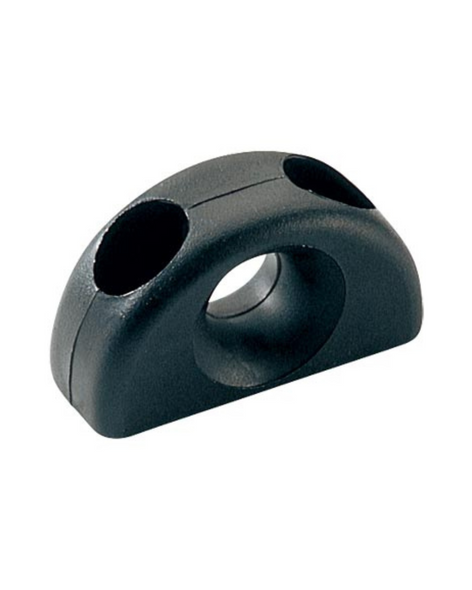Description

|
Cylinder - This is a good shape for a parrel, not traditional, but I can't see why it would not work just fine. |

|
Cube - Obviously this bead will NOT work! But it may have other uses. Let me know if you come up with a use for this bead. |

|
Sphere - Here is the traditional shape - Ok, they could be wooden, but these will last longer and will look fairly salty. |

|
Double Cone - This shape is probably the least suited as a parrel, but it is cheap enough that you find other uses for them. Perhaps you might braid some into your beard. |

|
Tall Oval - This bead should work fine. Note that Gary Blankenship used these alternating with round ones on his Frolic2 (see above) |

|
Short Oval - I think this may be the best shape of all. They will have more for the same size mast which means less friction? At least there will be a smaller angle between beads. |
Feedback:
|
Very colorful! These beads made for easier hoisting this season, as contrasted with smaller beads previously used. Thanks. Maida Follini Dartmouth, Nova Scotia |
Chuck:
Don't have any ideas on the square beads, though they look like maybe they might distribute pressure better for chaffing or clamping. What I was thinking might be good was that the short ovals or spheres would work for making sliding fixtures. An example is a plywood sheet saw. Various DIY plans have U-bolts covered with beads sliding on tubes, holding a circular saw mounted on plywood. The executive scarphing jig for instance.
Thomas Dalzell
Below is the gaff throat on Denis Menegaz' Pathfinder with 5 green spherical parrels

Sandra,
Here's a pic I took this morning - it's a good one showing the beads at work (or in this particular case at rest as the main is not bent to spars yet and the gaff is peaked)
You can also see the throat halyard (red/yellow starboard of the gaff jaws), peak halyard (purple), jib halyard (port of the gaff jaws).

The gaff is of traditional design with a tumbler which pivots and maintains alignment with the mast vertical, and a stainless plate for the throat halyard and nock attachments so that halyard, gaff pivot and mainsail throat are all kept in column for good sail set.
Your parrel beads are both perfect side and shape for this. The orange color isn't too clashy either.
Below is a photo of one of our long oval beads being used as a tie point for shock cord used to hold a hatch cover. The boat is Bill Moffitt's Mikesboat.

Chuck:
I have been obsessing on how you can sell/use those square beads. Then I saw this pic on Shorty's site and the answer came -- as spacers! Here is Shorty's paddle holder and the beads would work here where he shows the spacers . . . Potentially lots of uses on boats...
Gary Blankenship

Recently I was up in Portland for the Columbia 150 cruise and met Rick Russell. He built a Houdini, which he was sailing there, and had equiped it with sailties made from our short oval beads and short pieces of 3/16" shock cord. Clever

Sandra,
I have been getting those plastic beads from you and I use them to stow Greenland paddles to a kayak bow. They help hold the line off the deck for sliding the paddle under the line and when tight, act like wheel. Anyway, someone saw a picture of it and asked me where I got them. It turns out, they are not easy to find. Some people use super balls but they dry rot pretty quick and cedar balls that are easily found seem a little small. Just wanted to share that.

Curt
We have a tandem kayak which has a pair of lines - one raises the rudder and the other lowers it. They both run through a jam cleat and are hard to distinguish since they are terminated with identical round beads.

One of your fine two cent beads fixed all that - the cube is easily distinguished from the round bead by feel â important since the cleat is behind the cockpit and so most changes are done by touch. In fact the cube is the best shape for this job because of its feel. Plus in our case the color somewhat coordinates with the kayak.

As soon as the kayaking world is aware of this, the demand for your cubic beads will grow so that youâll need to raise their price to maybe as much as three cents.
I bought more of your cube beads and will use the rest to teach multiplication to our six year old.
Keep up the good work â good prices and speedy delivery.
Alex.







